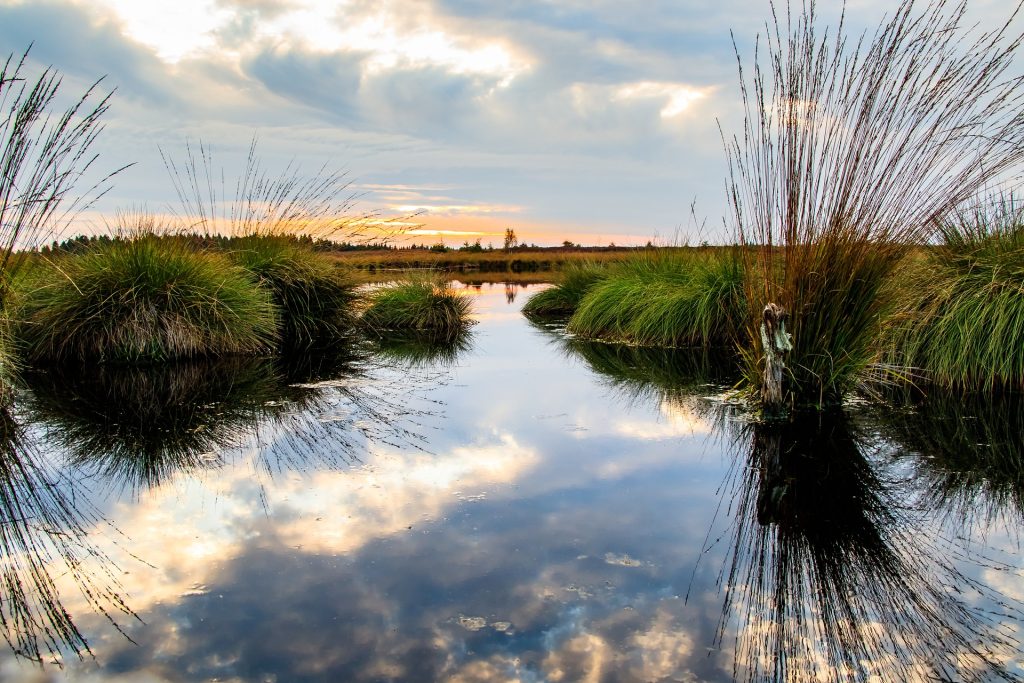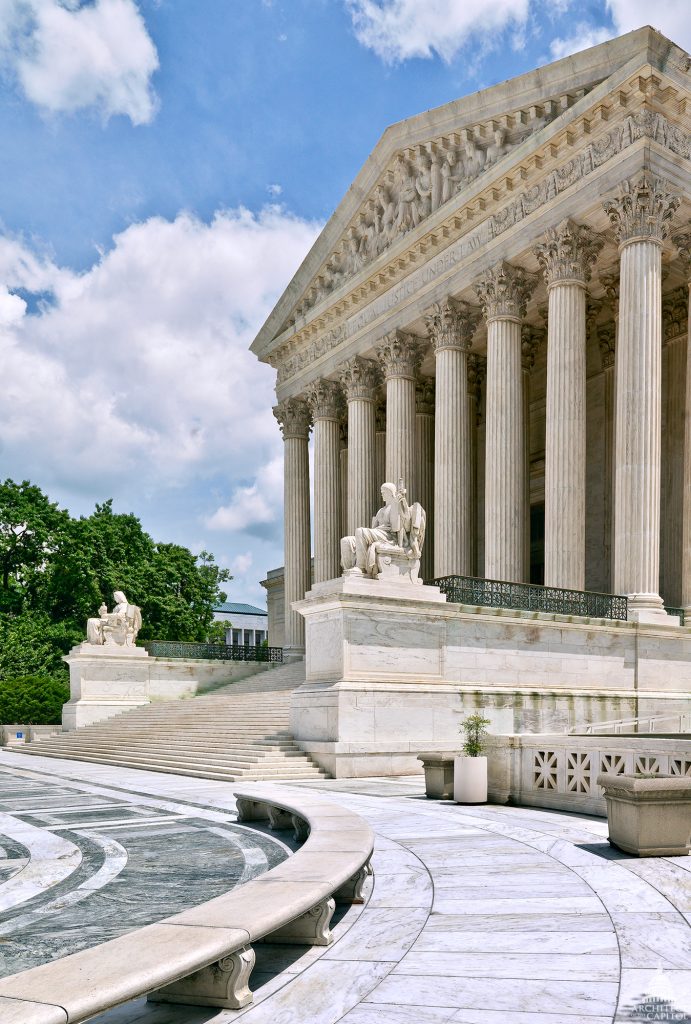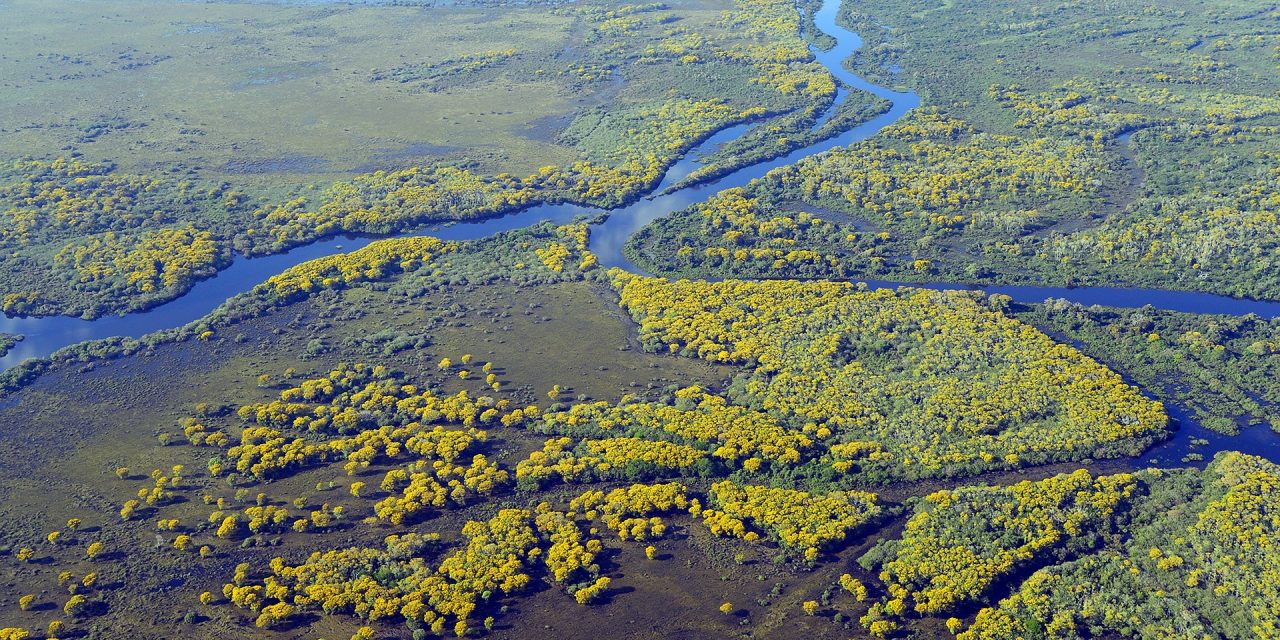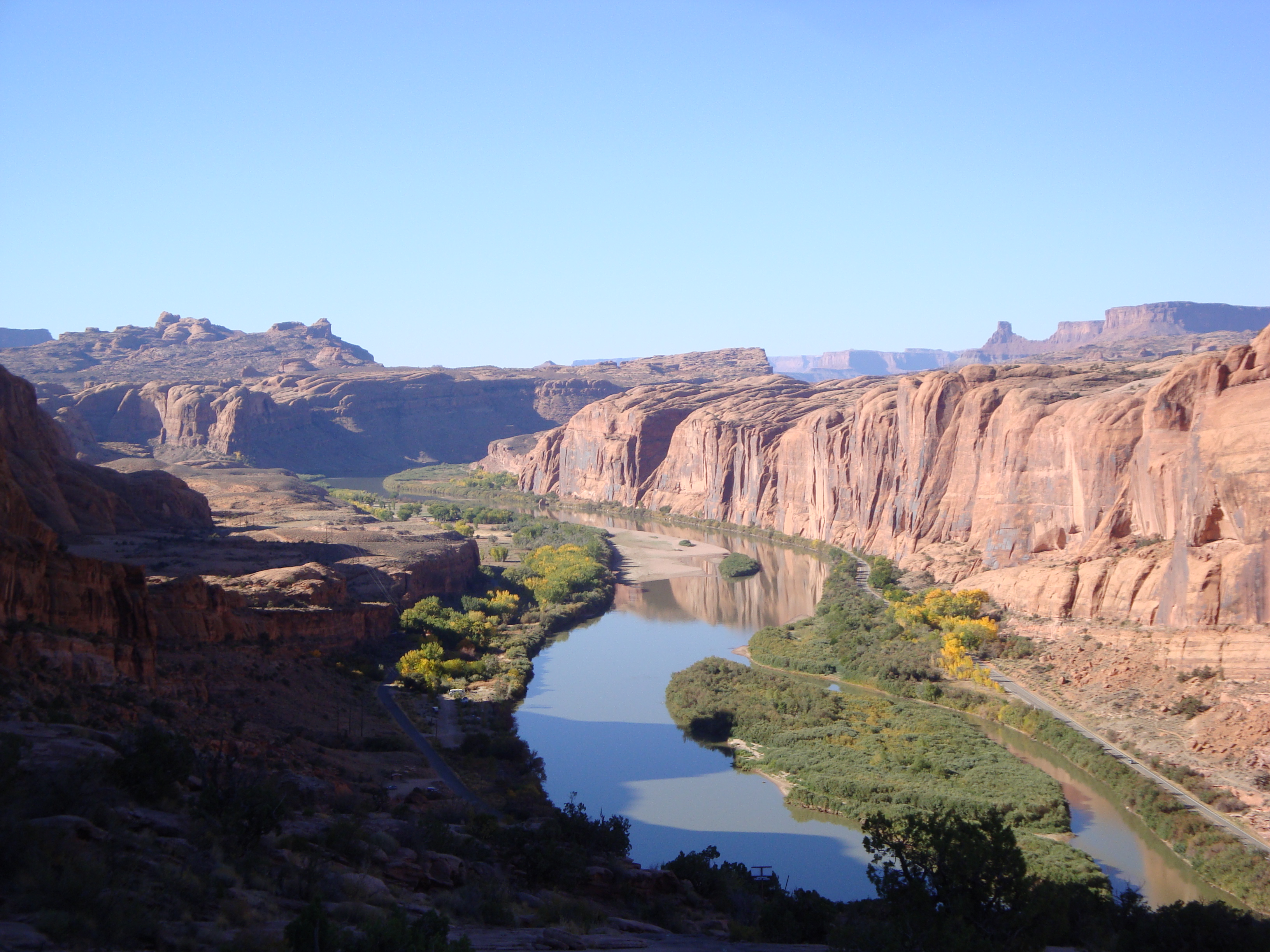Wetlands provide an array of important ecosystem benefits. They discourage flooding, moderate streamflow, harbor wildlife, and keep contaminants out of downstream waters. However, these benefits are far from one-size-fits-all. Size, depth, climate, and configuration all help determine how wetlands perform and which services they offer.
Wetland connectivity — the degree to which water from wetlands flows into nearby rivers, lakes, and oceans — is gaining increasing attention among scientists as one of the most important factors that determine the type and level of ecosystem benefits wetlands provide. However, determining whether wetlands connect to other freshwater systems can be difficult. For example, water from wetlands may flow into other bodies from either above or deep below ground-level, for only certain parts of each year, or only in instances of heavy rainfall.
To help watershed managers, conservationists, and regulators make better-informed decisions about wetlands, a research partnership led by the U.S. Environmental Protection Agency (EPA) has developed the first-ever classification system to help assess different levels of wetland connectivity. A study published in the journal Nature Water introduces the system and applies it across the contiguous U.S. This system identifies where different types of wetlands exist as well as how their varying levels of connectivity affect local water quality.
“We still have much to learn about how wetlands connect to downstream waters in different geographic regions,” said Mark Rains, University of South Florida (Tampa) Geologist and study co-author, in a release. “This classification system gives us a place to start.”
Classification Improves Strategic Wetland Management
Using existing geospatial data on U.S. wetland coverage and hydrology, researchers identified four major wetland classes. These are based on their surface connectivity to downstream waters and their resulting effects on downstream water quality: riparian; non-riparian shallow (NRS); non-riparian mid-depth (NRMD); and non-riparian deep (NRD).

Riparian wetlands, defined as those that directly adjoin rivers and streams with multiple, aboveground connections, were by far the most commonly identified class in the U.S. These types of wetlands cover about 3.8% of all land area in the lower 48 states and have large effects on downstream water quality. Although the researchers confirmed that riparian wetlands are the most effective for controlling sedimentation, the study describes that they also tend to increase acidification and brownification — negative changes in water color due to high amounts of dissolved organic matter and carbon.
By contrast, NRS wetlands were the rarest wetland class. NRS wetlands are concentrated in Florida and along the Atlantic coast. Featuring slightly less connectivity than riparian wetlands, these landforms contain permeable but poorly draining soils. They most often connect to downstream waters through aboveground connections, but this connection is not constant. NRS wetlands have the capacity for below-ground flows, but they tend to be shallow and infrequent, the study describes.
Water drains through the soil of NRMD wetlands more easily than NRS wetlands, making below-ground flows far more common than surface flows. They are considered less connected to downstream waters than riparian or NRS wetlands, yet still better-connected than NRD wetlands, which feature exclusively sub-surface flows and only experience above-ground flows during the most torrential downpours. Each of the three non-riparian wetland classes covered roughly 0.5% of total land area in the contiguous U.S.
The study reveals specific insights into how each class of wetlands affects downstream waters, measured by their influence on 11 criteria of stream water quality. They also map the locations of each class of wetlands across the U.S. to help regulators and watershed managers plan wetland restoration and protection efforts. Researchers illustrate how restoring different types of wetlands can help achieve specific goals for downstream waters. For example, the study describes that restoring NRD wetlands can often provide similar rates of nitrate removal and total suspended solids filtration as can restoring the same volume of riparian wetlands, but with the added bonus of minimizing acidification and brownification rates.
The classification system proposed in the study is globally applicable, researchers describe. EPA plans to make the system, as well as details on how to apply it, publicly available online, according to EPA Research Ecologist and lead author Scott Leibowitz.
“Until now, there hasn’t been a way to classify how wetlands connect to other waters at large scales,” said Leibowitz. “This has limited our ability to understand how wetland connectivity might contribute to water quality in watersheds.”
Read the full study, “National Hydrologic Connectivity Classification Links Wetlands with Stream Water Quality,” in Nature Water.
Vital Ecosystems Under Threat
The U.S. National Oceanic and Atmospheric Administration estimates that approximately 2,600 km2 (1,000 mi2) of wetlands were lost in the U.S. between 1996 and 2016, mainly due to human development.

The U.S. Clean Water Act affords protections against development to waterways considered ‘Waters of the U.S.’ (WOTUS) — however, the definition of WOTUS has been ambiguous and subject to various changes since the concept’s introduction in the 1980s. Under the Clean Water Act, protections for wetlands have historically depended upon their ability to impair the quality of other WOTUS, such as navigable rivers and lakes, if degraded or removed.
How EPA gauges this potential, however, has also been the subject of various legal challenges, and ultimately hinges on the definition of wetland connectivity. In general, wetlands have received WOTUS status so long as they are adjacent to other protected waters, even if separated by dikes, barriers, or berms.
On May 25, 2023, the U.S. Supreme Court ruled 5-4 that Clean Water Act protections for wetlands extended to only those systems “with a continuous surface connection to bodies that are waters of the United States in their own rights”. Under the newly developed wetland connectivity classification system, this ruling means that only riparian wetlands would qualify for WOTUS status — and even then, only if they connect to other protected waters.
Image courtesy of Jose Sabino/Pixabay

ABOUT THE AUTHOR
Justin Jacques is editor of Stormwater Report and a staff member of the Water Environment Federation (WEF). In addition to writing for WEF’s online publications, he also contributes to Water Environment & Technology magazine. Contact him at jjacques@wef.org.





